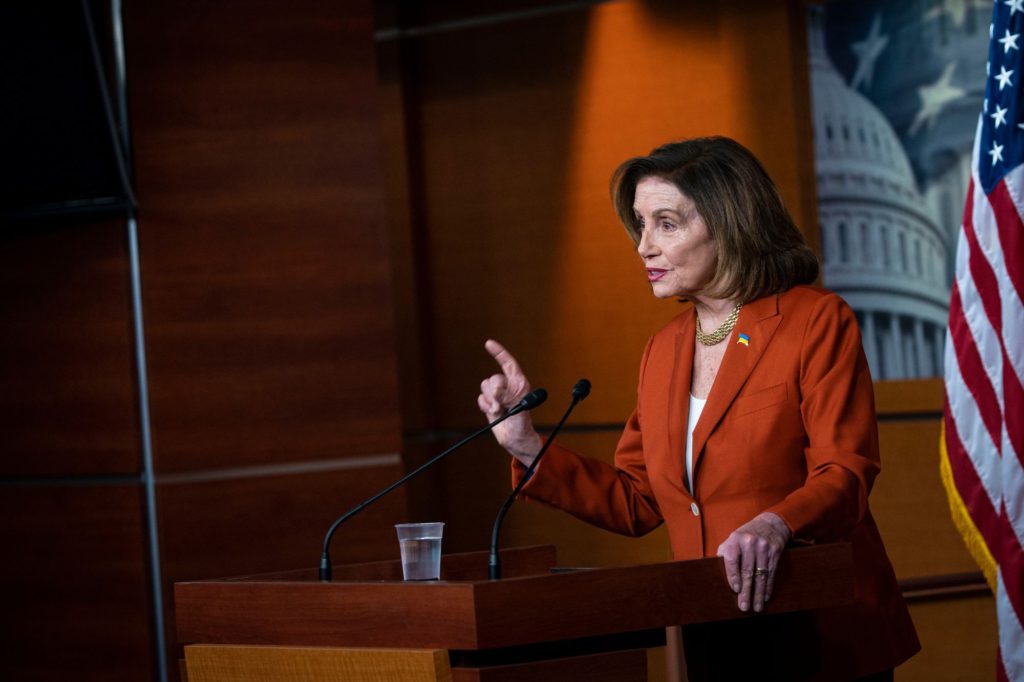(Bloomberg) — The House approved $13.6 billion in emergency spending for the U.S. response to the war in Ukraine, and lawmakers in both parties expect more will be needed for humanitarian relief and military aid for the largest conflict in Europe since World War II.
The aid package, attached to a sweeping $1.5 trillion omnibus bill funding the rest of the government through Sept. 30, had ballooned from an initial estimate of about $6.5 billion a little more than a week ago to a $10 billion request from the White House to the $13.6 billion approved on Wednesday.
Russia’s invasion of Ukraine has sparked a rare moment unity in Congress. The House and Senate often have been hobbled by partisan and intra-party fights that have stalled action on President Joe Biden’s priorities and even on agenda items where both parties have common cause, such as bolstering the domestic semiconductor manufacturing.
The funding would provide $6.5 billion for the Pentagon, including $3 billion to bolster U.S. troops in Europe and $3.5 billion to replace weapons given to Ukraine. The State department would receive $4 billion including for refugee assistance, economic assistance to the region and foreign military financing. The U.S. Agency for International Development would get $2.8 billion mostly for immediate humanitarian disaster assistance. Other funding is provided to enforce sanctions and increase media broadcasts into Ukraine.
The overall spending bill now goes to the Senate, which is expected to pass it as soon as Friday. It then will go to President Joe Biden for his signature.
Members of both parties agree that the $13.6 billion package will have to be followed later with even more money. How much will depend on how the war evolves, including the possibility of a hefty investment in rebuilding a war-torn Ukraine, lawmakers in both parties said.
“I think this is likely to be a pretty meager down payment in the long term,” Senator Chris Murphy of Connecticut, a Democratic member of the Foreign Relations Committee, said Tuesday.
Lindsey Graham of South Carolina, the top Republican on the appropriations subcommittee on foreign relations, said he’s already looking ahead to the next spending package for Ukraine.
House Speaker Nancy Pelosi said she spoke with Ukrainian President Volodymyr Zelenskiy for 45 minutes on Wednesday about future needs for assistance including for refugees.
“The two million refugees — we are going to have to see what all of us have to do working together, NATO and other countries,” she said. “So we will just see what it is and of course the rebuilding.”
To put the $13.6 billion in perspective, the U.S. spends about $50 billion annually on foreign aid, which includes everything from humanitarian assistance to weaponry. In fiscal 2019, Afghanistan and Israel were the largest recipients, getting $4.8 billion and $3.3 billion, respectively, according to the Congressional Research Service.
More stories like this are available on bloomberg.com
©2022 Bloomberg L.P.











